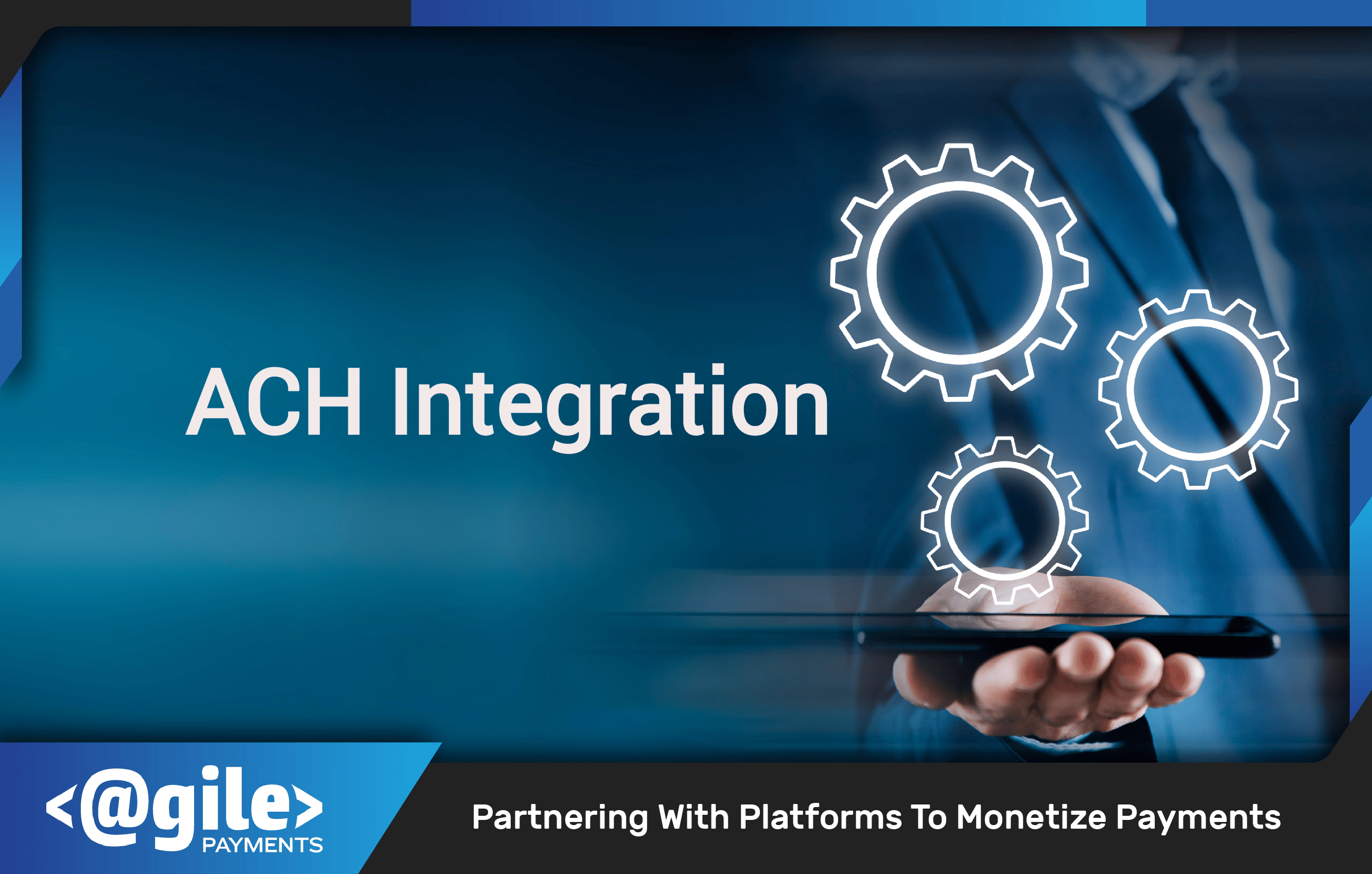At AgilePayments We have been ACH API Providers and supplying payment gateways needs of apps and stand-alone software for over 20 years.
ACH Payment Integration has been a core offering and we are the experts. Our specialty is partnering with software or SAAS providers and creating payment solutions that make collecting customer payments simple and efficient. At the same time you generate a new revenue stream without added support burdens.


